MATT WOLF
I’m currently making a film about a woman named Marion Stokes. She was a radical activist, a counter-cultural TV producer, and for thirty years she recorded television 24 hours a day on multiple channels. Her 50,000 VHS tapes are now being digitized by the Internet Archive.
In my research, I met the television scholars Lynn Spigel and Kate Newbold, who are collecting and studying TV Snapshots and Photography, an obscure amateur photography movement from the pre-VCR decades.
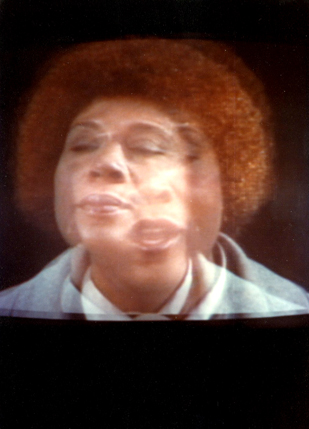
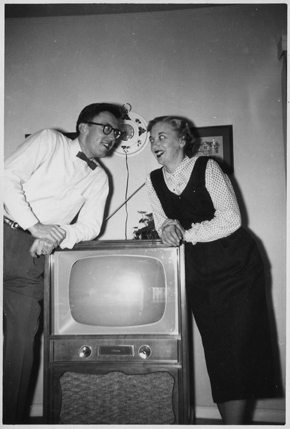
Lynn Spigel: I became interested in television photography when I wrote my first book, Make Room for TV, which analyzes a lot of advertising images for TV sets. I had a photo of myself as a little girl, posing in front of my TV set. I wondered if other people did the same, so I searched flea markets and thrift stores. Since then I have collected around 6,000 photos from the late 1940s-1970s with people posing in front of their TV sets.
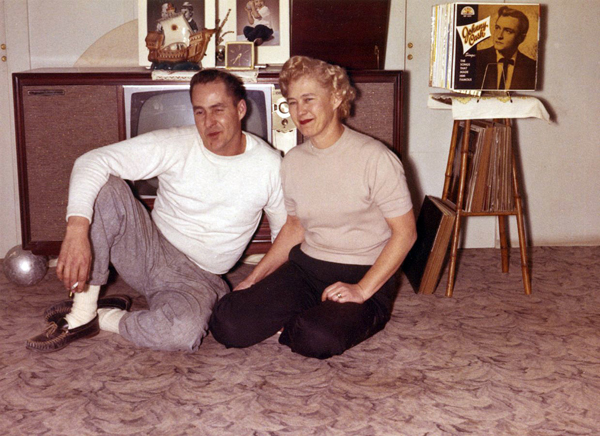
Kate Newbold: In exploring case studies for my dissertation on early television and amateur archival practices, I found several images online of TV screens that individuals had photographed from the television sets in their homes. The images reveal single snapshots of all different kinds of 1950s and 1960s broadcast content: baseball games, comedy series, variety shows, parades, talk shows, even commercials. These images seemed to index a desire to remember television or save it, or perhaps simply slow it down, for contemplation after the broadcast event.
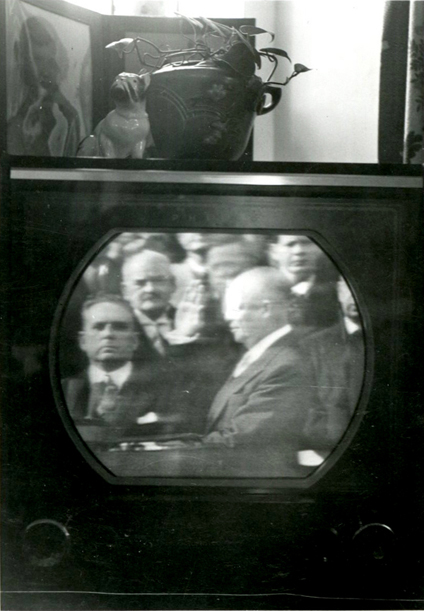
Lynn Spigel: Many of the photos shot off screen were part of an amateur/hobby art craze that Kate talks about, a hobby that men mostly pursued. Some of my snapshots, however, are actually amateur photos, especially a large amount of them that are pornographic shots, and which appear to be taken by male amateurs or semi-professionals for men’s camera magazines.
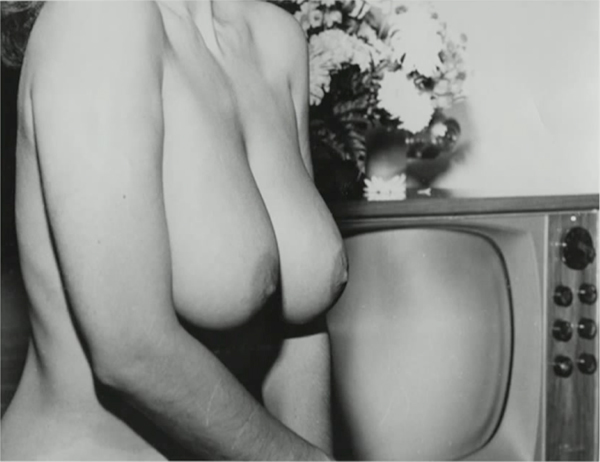
Kate Newbold: The most interesting aspect of the TV photographs I’ve seen is their imperfect nature, i.e. the myriad distortions, blurs, double imaging, and grayness that often reveal to me the very amateur nature of this practice. I think that many saw television as a live and temperamental beast they could tame with their camera lenses.
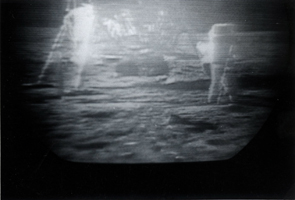
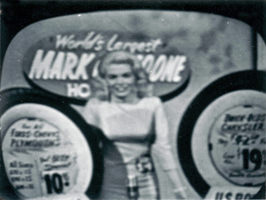
Lynn Spigel: I guess in part people wanted to have a visual memory of a televised baseball game, the moon landing, the JFK funeral, or just the more everyday flow of TV images like Ed Sullivan’s face. I recently purchased a photo album one woman created that’s devoted to off-air photos from a 1990s soap opera.
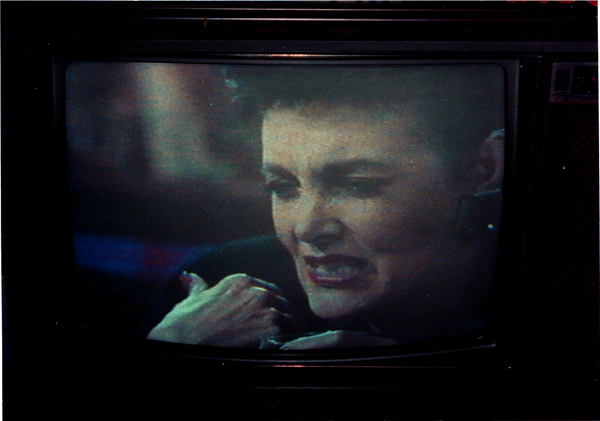
Lynn Spigel: I found many photos of African American families posing in front of their TV sets in the 1950s and 60s. Histories of television have had little to say about African American audiences for early TV. The snapshots offer new visual evidence for ways African American families framed their own experiences with TV, apart from the often-racist stereotypes found on 1950s and ’60s network programs.
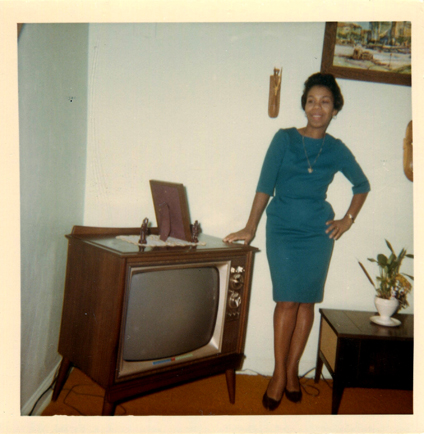
Lynn Spigel: These photos are sold for quite a bit of money online, and it’s interesting that they have accrued value just at the point at which analog TV (and the old boxy sets) are in rubbish heaps across the nation. It’s interesting to me that when the TV object became obsolete, the photo of it became valuable.
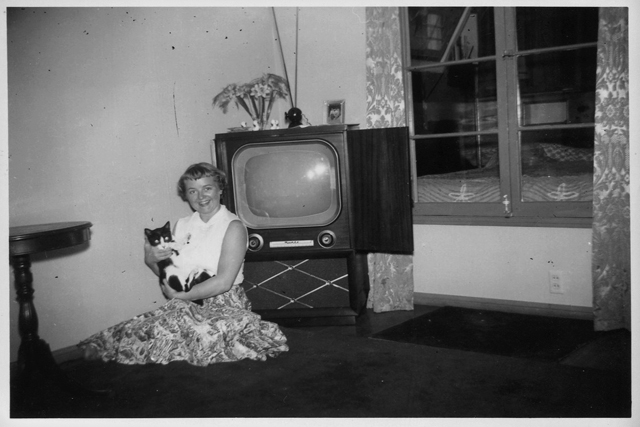
TV snapshots copyright Lynn Spigel, and additional images courtesy Kate Newbold
—
Lynn Spigel is a Professor at Northwestern University. Her book TV SNAPSHOTS: AN ARCHIVE OF EVERYDAY LIFE is forthcoming from Duke University Press.
Kate Newbold is a PhD candidate at Northwestern University studying early television history and culture in America.
Matt Wolf is a filmmaker in New York. His documentary films include, WILD COMBINATION, about the avant-garde cellist and disco producer Arthur Russell, TEENAGE, about the birth of youth culture, and I REMEMBER, about the artist and poet Joe Brainard. His slideshow about the artist David Wojnarowicz appeared in the 2014 Whitney Biennial, and his forthcoming film about Eloise illustrator Hilary Knight will air on HBO this Spring.
